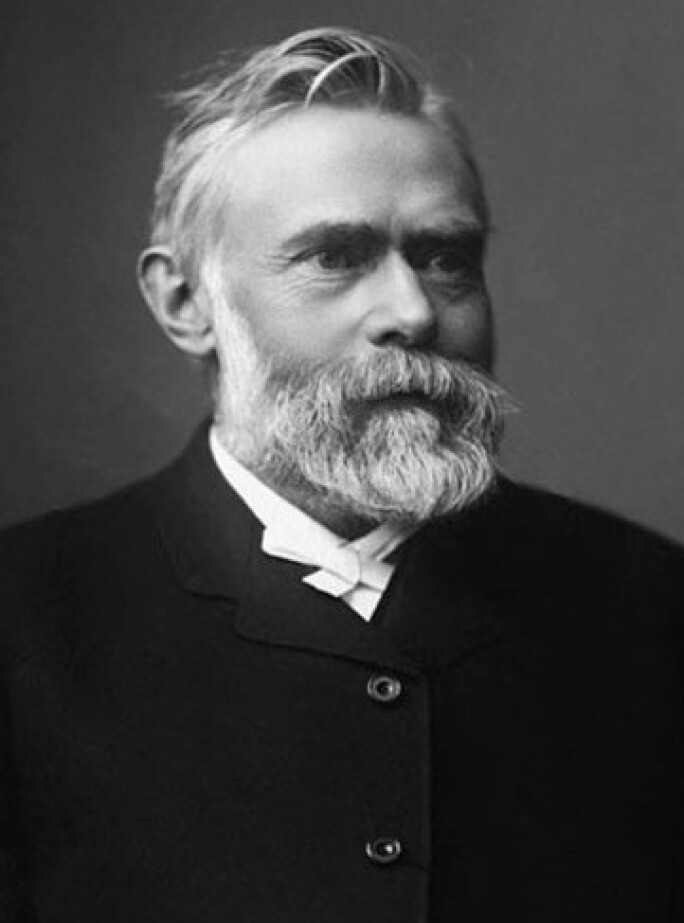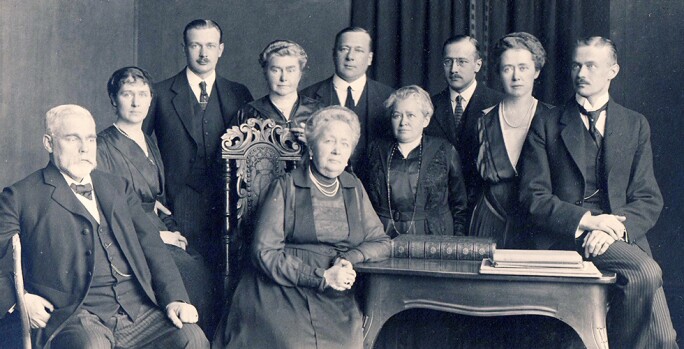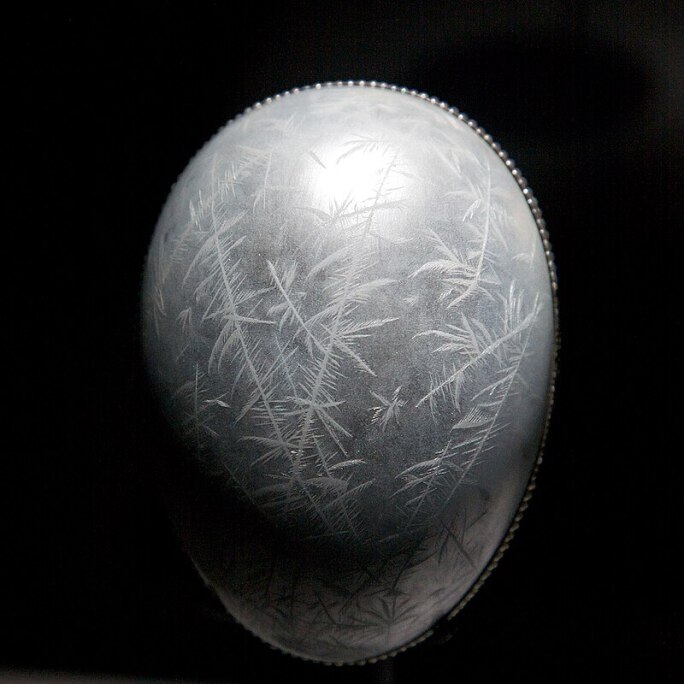The Nobel Family

Originating from the small Swedish village of Östra Nöbbelöv, from which they take their name, the Nobel family rose to become one of the foremost innovators in science and technology, making significant contributions to the armaments and oil industries. Notable members of this prestigious family include Robert Nobel (1829–1896), a pioneer of the oil industry; Alfred Nobel (1833–1896), the inventor of dynamite and a key figure in the creation of the Nobel Prizes; and Ludvig Nobel (1831–1888), one of the richest men alive and founder of Branobel, the leading Russian oil company of its time at one point producing over 50% of the world’s oil.
Ludwig Nobel would marry his first Mina Ahlsell in 1858, of which his first sons Emmanuel and Carl were born. After Mina’s death in 1869, he married his second wife and giver of the present lot Edla Collin in 1871.

The Nobel Family and the House of Fabergé

Although principally characterised as Scientific innovators and inventors, the Nobel family were also great admirers of the arts with a strong relationship with the House of Fabergé, being one of only five families that commissioned an Easter egg outside of the Imperial family. Franz Birbaum commented on Emmanuel Nobel (1859–1932) (son of Ludwig Nobel) in particular: "[he] was so generous in his presents that at times it seemed that this was his chief occupation and delight. Orders were constantly being made for him in the workshops and from time to time he came to have a look at them. Often he only decided for whom the present should be when the work was finished." (Memoirs of Franz Birbaum, in The State Hermitage Museum, Fabergé: Imperial Jeweller, St Petersburg, 1993 p. 454) Evidently, several members of the Nobel family including Edla Nobel of whom the present lot was purchased by and subsequently gifted from, shared this tradition of gifting Fabergé works to cherished family and friends.